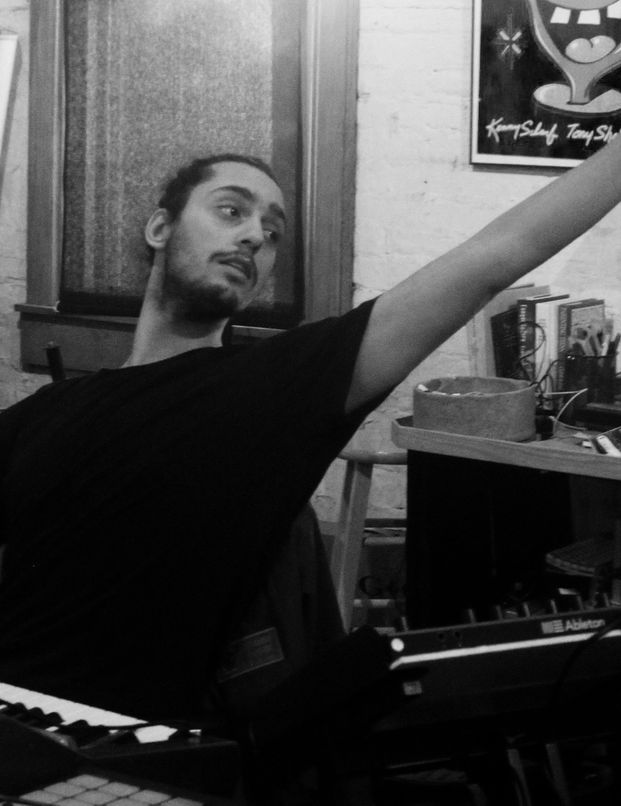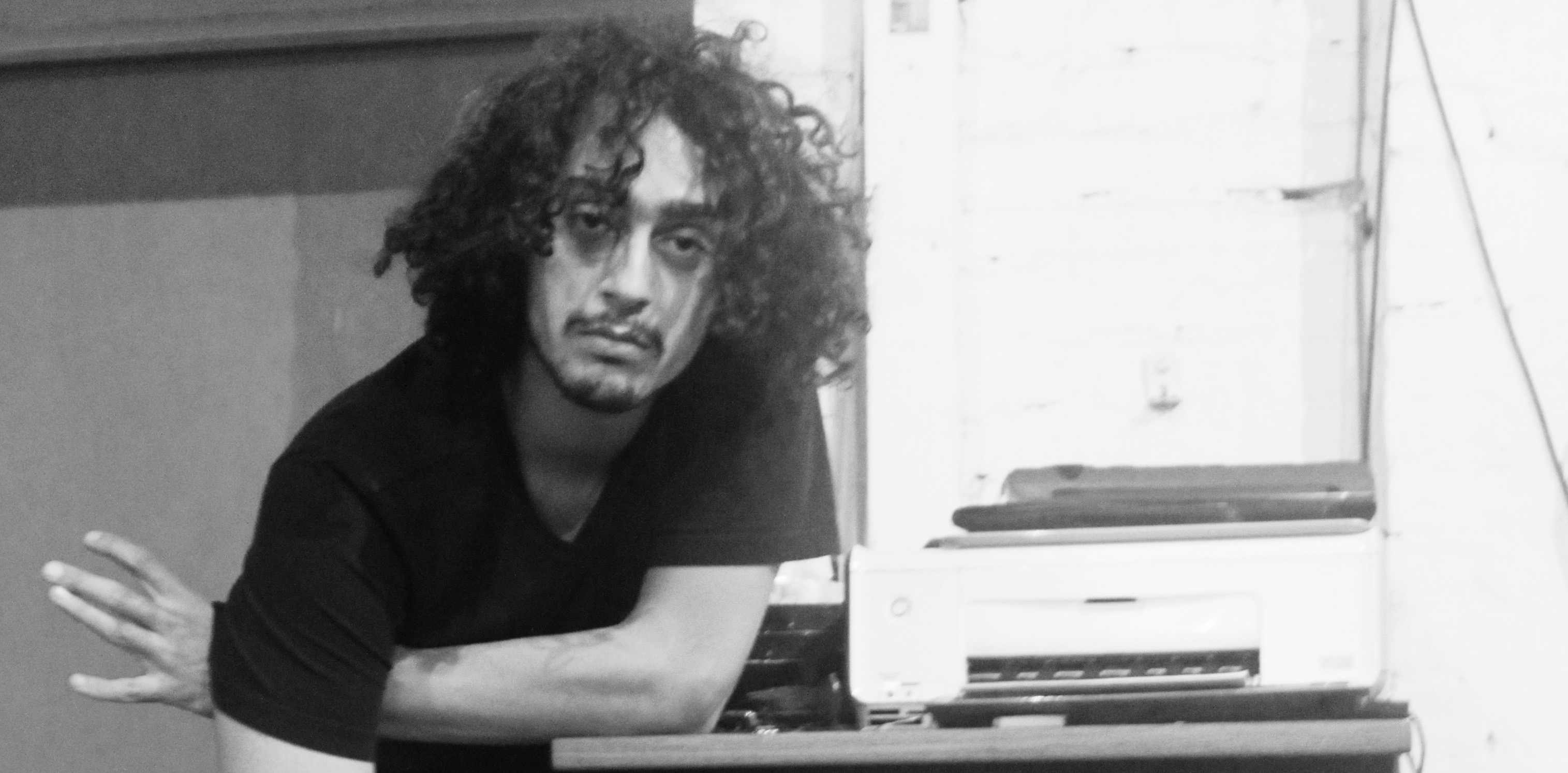We catch up with New Yorker, Salar Ansari, about his musical life in Detroit: Eminem sessions with Luis Resto; out of date, sour tasting yoghurt, sourced from an old market; and the importance of plugins and a solid Ethernet connection.
At the time of writing this, Salar Ansari is busy recording a four-piece band in Detroit. It’s a classic ‘stay late in the studio, go home, come back and do it all again’, he tells us. A day in the life of a hard working studio guy then, right?
“Yeah, pretty much! But some of the plugins I use have made my life a lot easier,” Ansari smiles, adding that he has been a Waves user for over five years now. “The studio where I started working is [long-time Eminem collaborator] Luis Resto’s studio. Besides the fact that we use Waves plugins a lot, we also have a DiGiGrid DLS. It’s great, as we use one Ethernet cable for dialling into the patch bay. We have the main computer that has I/O, and a DiGiGrid, so we connect my laptop via Ethernet to the DiGiGrid, and suddenly it dials into the entire studio. And that is one of the best things I have witnessed in music technology in the past five years.”
DiGiGrid is a rock solid system, and workflow is more flexible as a result, Ansari says. How so, exactly?
“Well, first of all, having a long single cord or wire that connects to an Ethernet port is fantastic; and then
suddenly you have all the ins and outs and plugin capabilities, plus the ability to use the [Waves] SoundGrid application,” he enthuses. “Then you’ve got all the pre-amps, the rack-mounts, the compressors, and all the other outboard gear, all through one Ethernet connection; it’s revolutionised everything, and I have complete faith in it. I now have 16 individual channels going to my Pro Tools rig, and it has made combining my whole studio and Luis’ studio totally seamless.”
Much of Ansari’s day to day work is in cahoots with Resto; when he’s not there, he’s at his own studio – and always using DiGiGrid.
“When I say my home studio, that’s really my laptop [smiles]. I have a lot of keyboards, I write a song, I take it to Luis’ studio, and then dial into his computer via Ethernet anything up to 16 channels. There is no hard drive to move things to or import and export to, and I don’t need to worry about converters either. Amazing.”
8 Miles Ahead of the Curve
Resto works a lot with Eminem, Ansari tells us, and he often joins him in these sessions.
“All I know is, it’s very little mix down, and a lot of composition work; Luis is making the tracks, and he has this amazing ability to turn your humming into notes,” Ansari laughs. “They are working on some music now, and there are specifics that Marshall [Mathers, aka Eminem] likes Luis specifically to do; they’ve had a connection for some years now. Luis wrote his biggest song, too, Lose Yourself – the soundtrack to the movie 8 Mile. So he is kind of ‘the piano man’, you know?”
How Ansari and Resto met is quite the story. It involved techno music, and out of date yoghurt...
“I moved to Detroit as I had a working relationship with techno pioneer, Derrick May; techno comes from Detroit, and in 1987, Derrick May turned it into this form of music; I came here to expand my knowledge of the music a little more, and also be able to study the actual scene that everyone was involved in. ” Ansari says. “I also used to buy yoghurt from Detroit’s Eastern Market, which dates back to 1887. Luis has a studio on the third floor of one of the buildings there, and basically, the owner of the Market was intrigued that I bought the yoghurt past its shelf time – I liked that it got sour, and he couldn’t understand why. We got talking, I told him what I did, and he introduced me to Luis, who asked me why I was in Detroit, and then I just kind of became his studio guy!”

